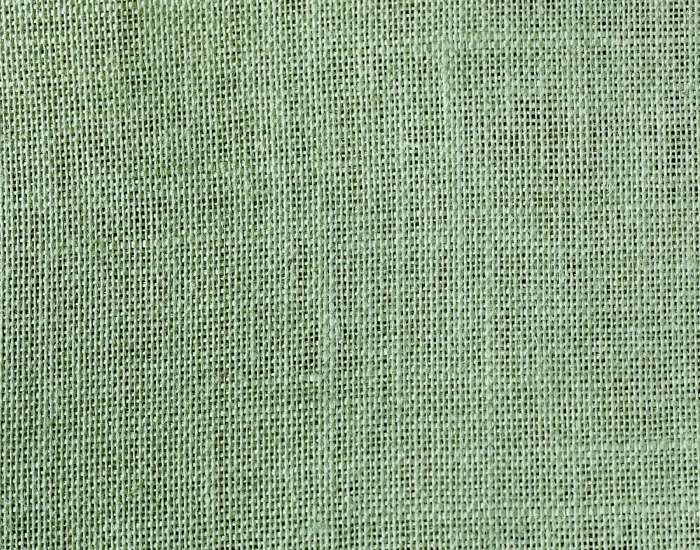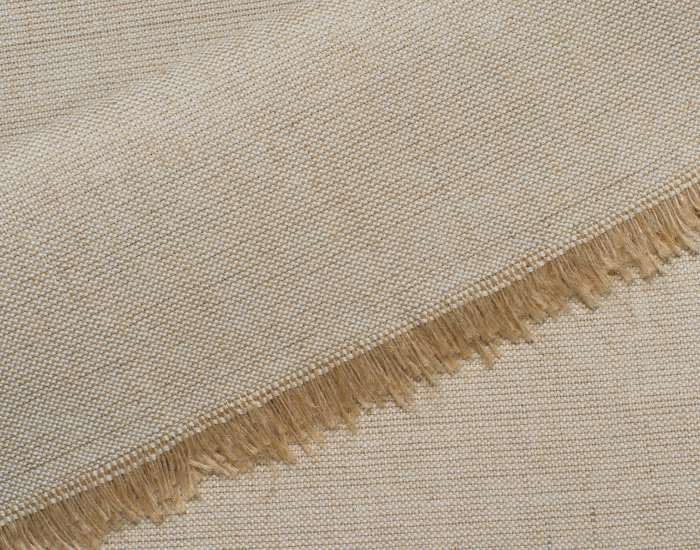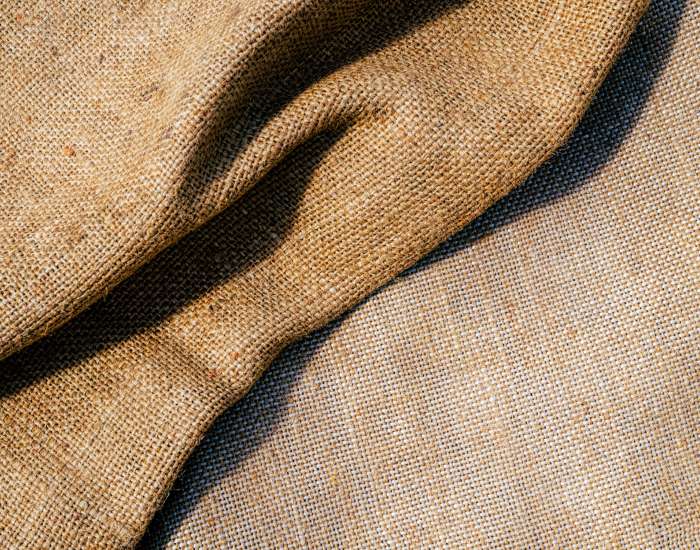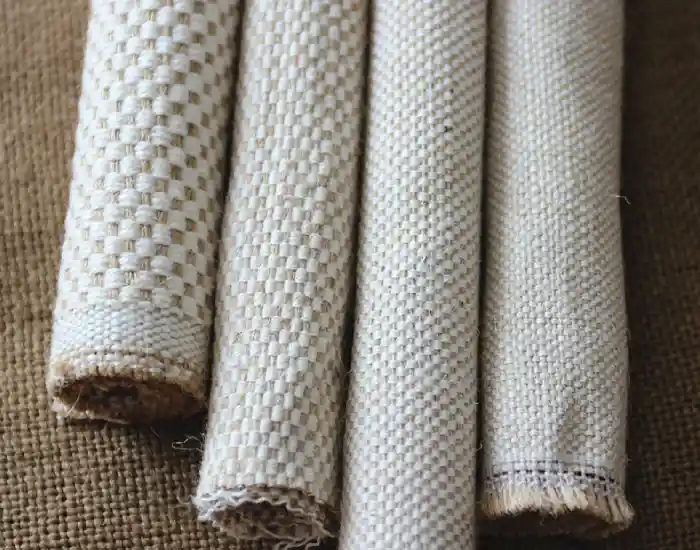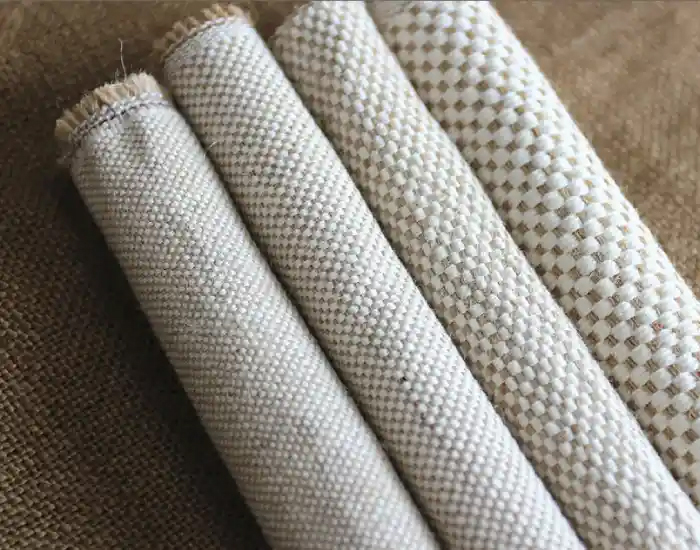Jutton Fabric
Jutton is mix of Jute and cotton. However, it is also known as ‘Juco’ worldwide. Why Jutton? Unlike Juco, Jutton is more than just mixture of Jute and Cotton. We develop tailored fabric and being innovative in design by directly combining of Jute and different colours of Cotton fibres.
One of the unique advantages of Jutton is that majority of the design-colour blends are developed during initial stage of weaving process so that the printing process of most of the suitable fabrics are skipped or minimalised.
This leads to cost efficiency as well as less use of chemicals. Thus makes it even more environment friendly. However, it can also be combined with process of printing at later stage for advanced design-colour blends and according to your exclusive needs.
Juco is still a relatively young type of fabric and yet it is already gaining popularity. The fabric is produced as a balanced blend of strong jute and soft cotton fibers. This combines the best properties of both fibers, which has already become established. This results in products that combine the durability of jute and the smooth, finer look of cotton products. This offers, for example, the possibility to apply more detailed print samples to the fabric.
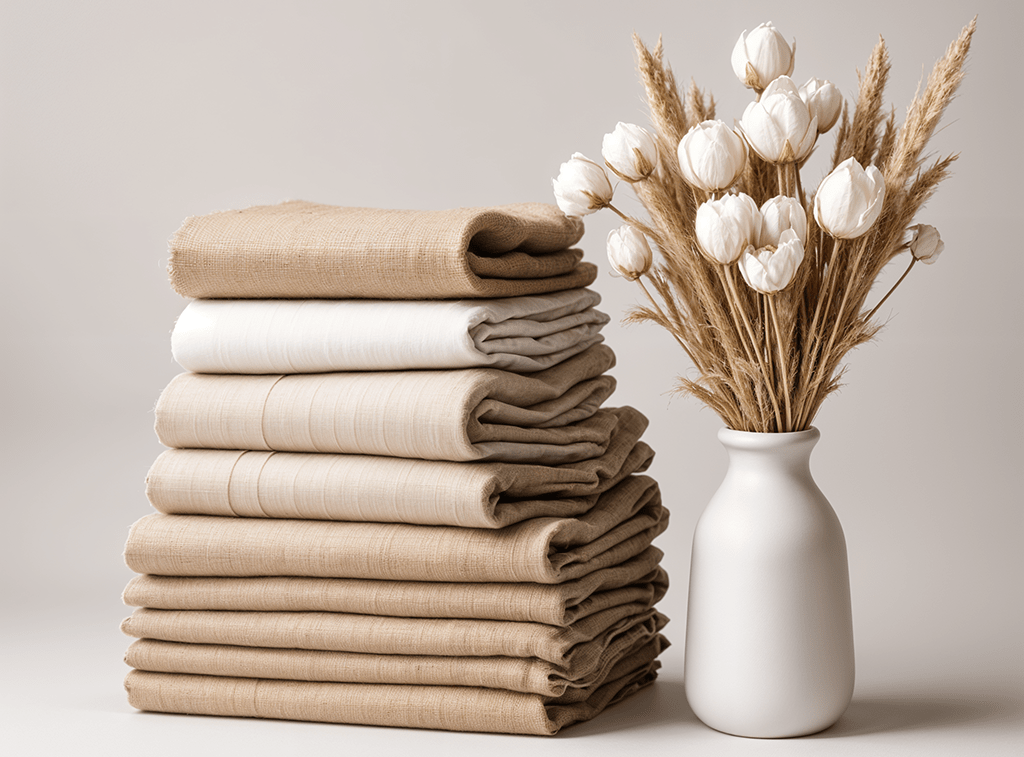
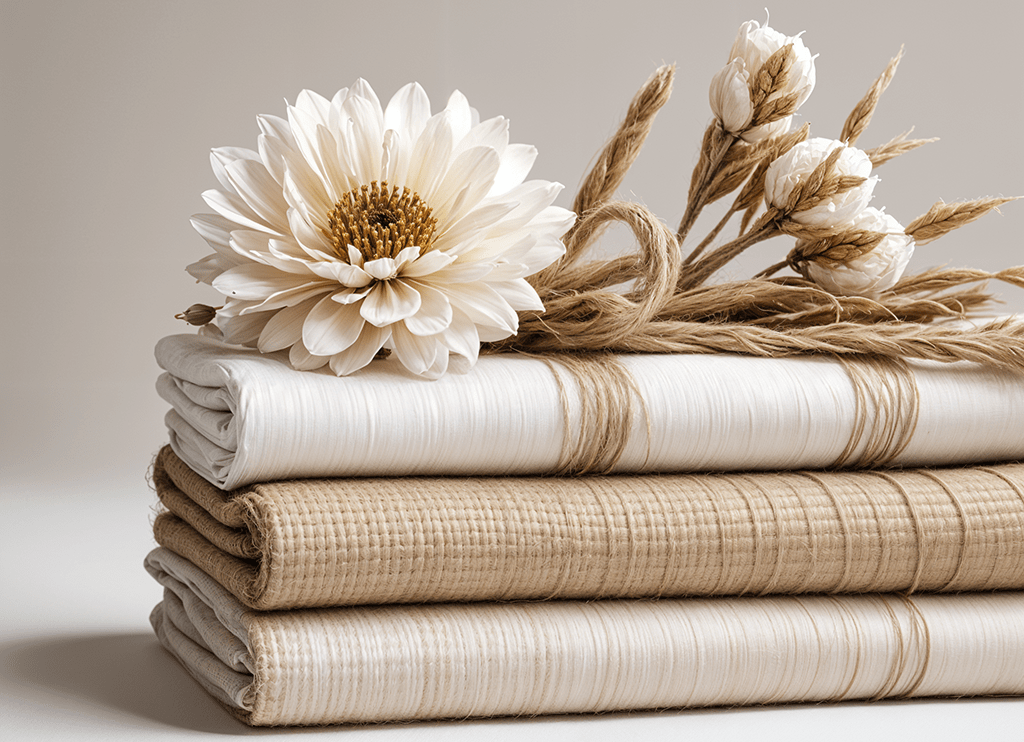
50% jute & 50% cotton to 75% & 25% cotton depending on specific design
- Robust
- Modern & trendy
- Sustainable & natural






